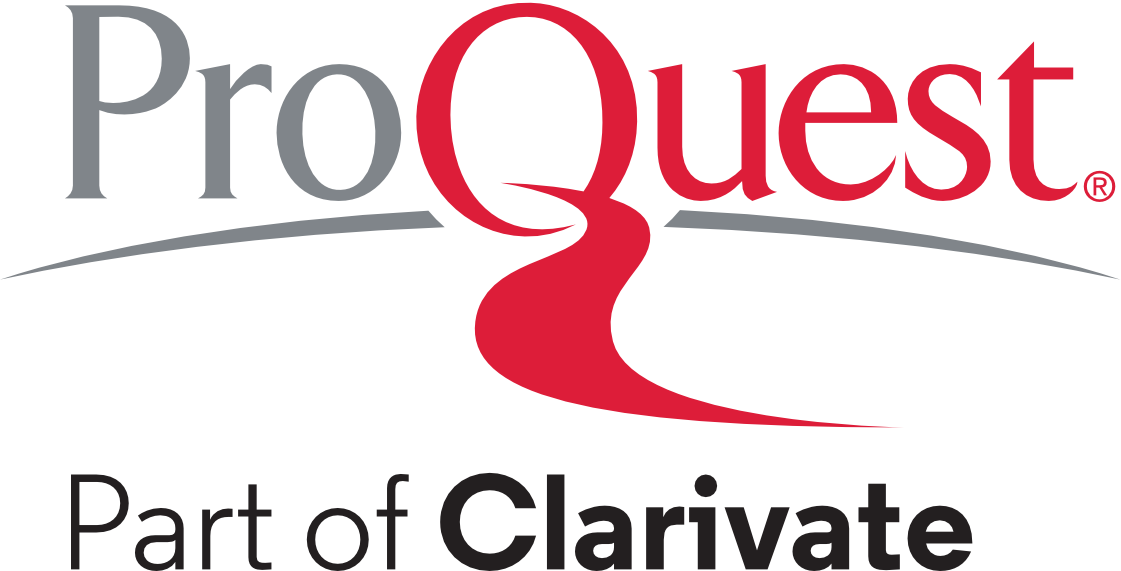Investigating the psychological and physiological responses to isolation and confinement using the THOR space analog simulation
DOI:
https://doi.org/10.17981/JACN.4.2.2023.4Keywords:
Analog Astronaut performance, spaceflight conditions, isolation, confinement, heart rate variability, HRV, psychological health, sleep patterns, physiology, Cognitive function, autonomic response, short duration spaceflight, spaceflight physiology, neuropsychology, high-demand environmentsAbstract
This research investigates astronaut performance under simulated space conditions, using THOR, an analog astronaut training protocol, during a week-long confinement in an Analog Astronaut Training Center in Poland. Materials and Five participants, including four military and one civilian, underwent a week of isolation. Tests were conducted to assess heart rate variability –HRV–, psychological health, and sleep patterns. Data collection and analysis were standardized, with an alpha level of p < 0.05 and power of 80%. The study found reductions in fat percentage and weight, while muscle mass and water content remained stable. HRV showed significant changes. Increased sleep and state anxiety levels were noted, along with decreased cognitive abilities. Personality traits exhibited heightened hostility and social anxiety, culminating in psychological discomfort. HRV values were normal with variations likely due to stress. A significant correlation was found between mental performance and
HRV, indicating potential influence of sleep on cognitive function during isolation. The study highlights the need for more research on the psychological and physiological implications of long-duration space missions and similar high-demand environments.
Downloads
References
Antonsen, E. L., Myers, J. G., Boley, L., Arellano, J., Kerstman, E., Kadwa, B., Buckland, D. M., & Van Baalen, M. (2022). Estimating medical risk in human spaceflight. Npj Microgravity, 8(1), 8. https://doi.org/10.1038/s41526-022-00193-9
Bartone, P. T., Roland, R. R., Bartone, J. V, Krueger, G. P., Sciarretta, A. A., & Johnsen, B. H. (2019). Human Adaptability for Deep Space Missions: An Exploratory Study. Journal of Human Performance in Extreme Environments, 15(1). https://doi.org/10.7771/2327-2937.1124
Caminal, P. (2018). Validity of the Polar V800 monitor for measuring heart rate variability in mountain running route conditions. European Journal of Applied Physiology, 3(118), 1–16. https://doi.org/https://doi.org/10.1007/s00421-018-3808-0
Desai, R. I., Limoli, C. L., Stark, C. E. L., & Stark, S. M. (2022). Impact of Spaceflight Stressors on Behavior and Cognition: a Molecular, Neurochemical, and Neurobiological Perspective. Neuroscience & Biobehavioral Reviews, 104676. https://doi.org/10.1016/j.neubiorev.2022.104676
Gabriel, G., van Baarsen, B., Ferlazzo, F., Kanas, N., Weiss, K., Schneider, S., & Whiteley, I. (2012). Future perspectives on space psychology: recommendations on psychosocial and neurobehavioural aspects of human spaceflight. Acta Astronautica, 81(2), 587–599.
Hughson, R. L., Shoemaker, J. K., Blaber, A. P., Arbeille, P., Greaves, D. K., Pereira-Junior, P. P., & Xu, D. (2012). Cardiovascular regulation during long-duration spaceflights to the International Space Station. Journal of Applied Physiology, 112(5), 719–727. https://doi.org/10.1152/japplphysiol.01196.2011
Ilaria, C. (2020). Classification of analogue missions: A reference for mission design and implementation. Proceedings of the International Astronautical Congress, IAC, 2020-Octob(October).
Johnston, S. L., & Blue, R. S. (2021). Astronaut Selection: Medical Standards. In Handbook of Bioastronautics (pp. 557–563). Springer International Publishing. https://doi.org/10.1007/978-3-319-12191-8_48
Leon, G. R., Sandal, G. M., & Larsen, E. (2011). Human performance in polar environments. Journal of Environmental Psychology, 31(4), 353–360.
Mallis, M. M., & DeRoshia, C. W. (2005). Circadian rhythms, sleep, and performance in space. Aviation, Space, and Environmental Medicine, 76(6), B94–B107.
Nicolas, M., Suedfeld, P., Weiss, K., & Gaudino, M. (2016). Affective, social, and cognitive outcomes during a 1-year wintering in Concordia. Environment and Behavior, 48(8), 1073–1091.
Pagani, M., Mazzuero, G., Ferrari, A., Liberati, D., Cerutti, S., Vaitl, D., Tavazzi, L., & Malliani, A. (1991). Sympathovagal interaction during mental stress. A study using spectral analysis of heart rate variability in healthy control subjects and patients with a prior myocardial infarction. Circulation, 83(4 Suppl), II43-51.
Pundyavana, A., Gilad, Y., Stahn, A. C., & Basner, M. (2023). Cognition Test Battery Survey: Development of a Single Alertness and Mood Score for Short- and Long-Duration Spaceflight. Applied Sciences (Switzerland), 13(4). https://doi.org/10.3390/app13042364
Roma, P. G., Schneiderman, J. S., Schorn, J. M., Whiting, S. E., Landon, L. B., & Williams, T. J. (2021). Assessment of Spaceflight Medical Conditions’ and Treatments’ Potential Impacts on Behavioral Health and Performance. Life Sciences in Space Research, 30(March), 72–81. https://doi.org/10.1016/j.lssr.2021.05.006
Salazar, A. P., & Kofman, I. S. (2022). Changes in working memory brain activity and task-based connectivity after long-duration spacef light. 1–14.
Seedhouse, E. (2010). Prepare for launch : the astronaut training process. Springer Science & Business Media.
Stahn, A. C., & Kühn, S. (2021). Brains in space: the importance of understanding the impact of long-duration spaceflight on spatial cognition and its neural circuitry. Cognitive Processing, 0123456789. https://doi.org/10.1007/s10339-021-01050-5
Steimle, H., & Norberg, C. (2013). Astronaut selection and training. In Human Spaceflight and Exploration (pp. 255–294). Springer. https://doi.org/10.1007/978-3-642-23725-6_7
Strangman, G. E., Sipes, W., & Beven, G. (2014). Human cognitive performance in spaceflight and analogue environments. Aviation, Space, and Environmental Medicine, 85(10), 1033–1048.
Tarvainen, M. P., Niskanen, J. P., Lipponen, J. A., Ranta-aho, P. O., & Karjalainen, P. A. (2014). Kubios HRV - Heart rate variability analysis software. Computer Methods and Programs in Biomedicine, 113(1), 210–220. https://doi.org/10.1016/j.cmpb.2013.07.024
Yusupova, A., Supolkina, N., Shved, D., Gushin, V., Nosovsky, A., & Savinkina, A. (2022). Subjective perception of time in space flights and analogs. Acta Astronautica, 196, 238–243.
Downloads
Published
How to Cite
Issue
Section
License
Copyright (c) 2024 Universidad de la Costa

This work is licensed under a Creative Commons Attribution-NonCommercial-NoDerivatives 4.0 International License.
You are free to:
- Share — copy and redistribute the material in any medium or format.
- The licensor cannot revoke these freedoms as long as you follow the license terms.
Under the following terms:
- Attribution — You must give appropriate credit, provide a link to the license, and indicate if changes were made. You may do so in any reasonable manner, but not in any way that suggests the licensor endorses you or your use.
- NonCommercial — You may not use the material for commercial purposes.
- NoDerivatives — If you remix, transform, or build upon the material, you may not distribute the modified material.
- No additional restrictions — You may not apply legal terms or technological measures that legally restrict others from doing anything the license permits.


 English
English
 Español (España)
Español (España)










